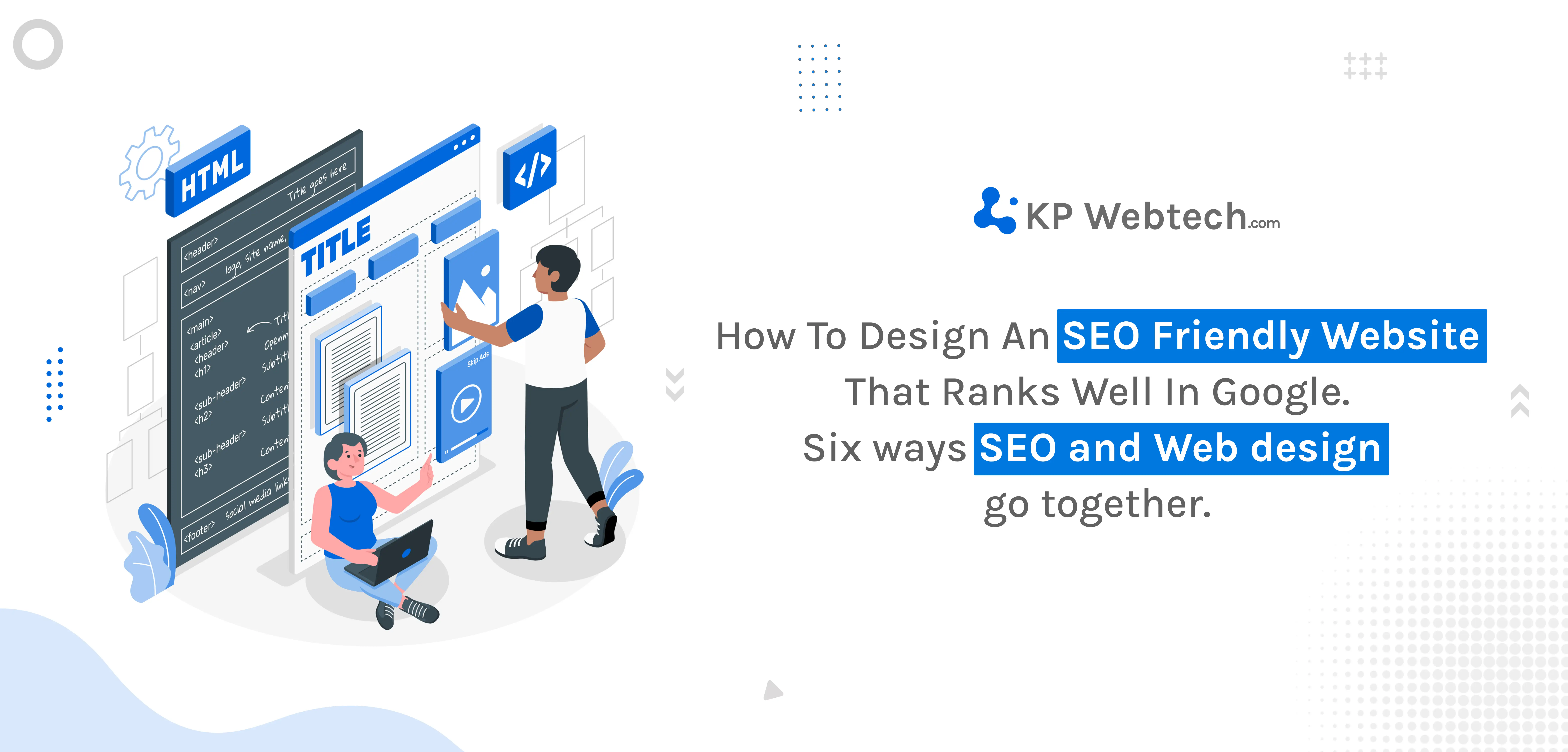CPOpen: Your Gateway to Current Affairs
Stay updated with the latest trends and insights across various topics.
Designing for Clicks and Tricks: The SEO-Friendly Approach
Unlock the secrets of SEO with eye-catching designs that drive clicks! Discover strategies to boost your traffic now!
Top 10 SEO-Friendly Design Tips to Boost Click-Through Rates
Creating an SEO-friendly design is essential for improving your website's click-through rates. Start by ensuring your site is mobile-responsive, as a significant portion of web traffic now comes from mobile devices. Google prioritizes mobile-friendly sites in its search results, making this an important factor in your design strategy. Additionally, use an intuitive navigation structure with a clear hierarchy. This not only enhances user experience but also helps search engines crawl your site more effectively, increasing your chances of ranking higher.
Moreover, the use of optimized images can significantly boost your site's SEO. Ensure that all images are compressed and include relevant alt text to improve accessibility and rank in image searches. It's also vital to incorporate call-to-action (CTA) buttons that stand out and intrigue users. Use contrasting colors and strategic placement to draw attention. For a deeper understanding of effective CTA strategies, check out this detailed guide on Call-to-Actions. Implementing these design tips will not only enhance user engagement but also help you achieve better visibility in search engine results.

How to Optimize Your Website Design for Better Search Engine Rankings
Optimizing your website design for better search engine rankings involves several critical components. First, ensure that your site is mobile-friendly, as Google uses mobile-first indexing. This means that your site's mobile version is considered the primary version. Use tools like the Google Mobile-Friendly Test to evaluate your site's responsiveness. Additionally, site speed plays a crucial role; a faster-loading website not only enhances user experience but is also favored by search engines. Aim for a loading time of under three seconds, a benchmark set by studies indicating that users abandon sites loading longer than that. You can utilize tools such as Google PageSpeed Insights for actionable insights on improving speed.
Another essential aspect of SEO-focused website design is creating a logical site structure that facilitates easy navigation. Use a clear and organized menu structure, and consider implementing breadcrumb navigation to help users find their way around your site. Additionally, integrating internal linking can distribute page authority across your site, making it easier for search engines to crawl your pages. Ensure that each page has unique, descriptive title tags and meta descriptions that accurately represent the content, as these elements are vital for both SEO and user engagement. By implementing these strategies, you can significantly enhance your website's visibility in search results.
What Role Does User Experience Play in SEO-Friendly Design?
User experience is a critical factor in SEO-friendly design, as it directly influences how visitors interact with a website. A well-designed site that prioritizes user experience can lead to increased engagement, longer session durations, and lower bounce rates—all of which are positive signals for search engines. The Search Engine Journal highlights that sites offering clear navigation and fast load times are more likely to rank higher in search results. Therefore, integrating elements such as intuitive layouts, responsive design, and accessible content not only enhances user satisfaction but also aligns with search engine algorithms that favor user-centric metrics.
Furthermore, a robust user experience can significantly influence SEO through its impact on conversion rates. When users find a website easy to use and relevant to their needs, they are more likely to convert—whether that means making a purchase, signing up for a newsletter, or engaging with content. According to Moz, factors such as click-through rates (CTR) and dwell time are crucial for SEO success. Therefore, investing in user experience not only fosters a positive impression but also cultivates long-term relationships with users, ultimately driving higher traffic and improving search rankings.